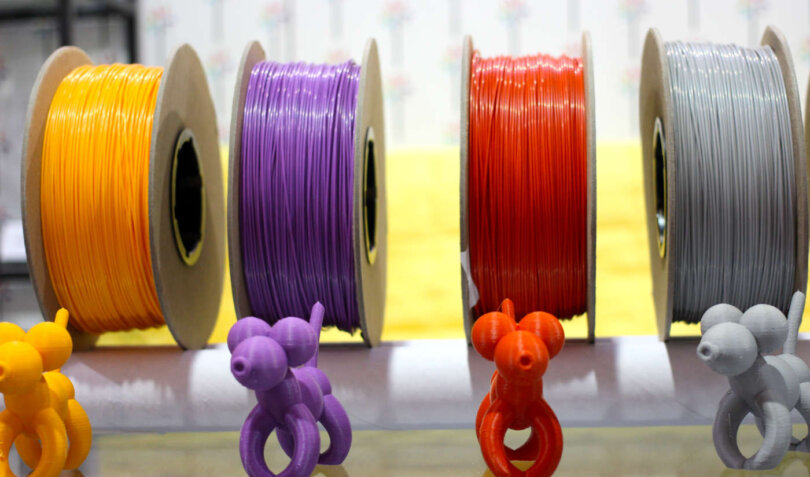3D printing has revolutionized the way we manufacture objects, from car parts to medical prostheses. However, the most common material used in 3D printing, polylactic acid (PLA), is difficult to recycle and ends up in landfills.
PLA is the most popular polymer for commercial bioplastics, with 457,000 tons produced in 2021. PLA, in addition 3D printing, is mainly used in the manufacture of single-use plastics, such as cups and packaging. However, PLA recycling is severely limited by mechanical challenges and very slow biodegradation, which takes up to 84 days at 60°C in industrial composting, making it virtually non-compostable and thus causing it to accumulate in landfills.
But now, a team of researchers has discovered an enzyme that can efficiently break down PLA and convert it into its constituent monomer, lactose.
The enzyme in question is lipase B from Candida antarctica, which has been chemically modified to increase its stability and activity in the presence of ionic liquids. These liquids, composed of organic and inorganic ions, are excellent solvents and allow rapid chemical degradation of PLA at high temperatures.
The researchers found that the modified enzyme can completely degrade post-consumer PLA in just 40 hours at 90°C, and convert it to lactose by 99%. In addition, the process is sustainable and produces no toxic waste.
The study also highlights the potential of the new enzyme for recycling other types of plastic, such as PET, also used in 3D printing, which could have important implications for the plastics recycling industry in general. In addition, the approach used in the study could be used to improve the efficiency and selectivity of other enzymes used in industry, which could have applications in a variety of industries, from food to pharmaceuticals.
This technology represents a platform for the recycling of (bio)plastics and may help reduce the accumulation of plastic in the environment. The researchers hope that in the future the process can be scaled up and applied to other types of plastics.
Although there are still challenges to overcome, such as process optimization and cost reduction, this research offers new hope for 3D printing recycling and a sustainable solution for plastic waste management.
In short, the new enzyme has the potential to revolutionize the way we recycle PLA from 3D printing and other plastics, offering an environmentally friendly and sustainable solution to the increasingly urgent problem of plastic waste in the environment. As research in this field continues, we can expect to see even more exciting advances in plastics recycling and bioplastics production in the coming years.
Source: Meza Huaman et al, A general route to retooling hydrolytic enzymes toward plastic degradation, Cell Reports Physical Science (2024). Via 3printr. Photo by Maurizio Pesce.


